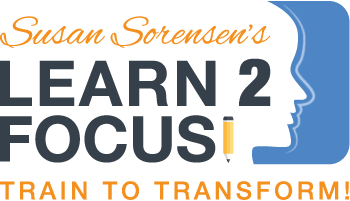Hot Topics in Dyslexia Research and Advocacy
/
Today I’d like to share with you all a video panel discussion by Understood.org, which was held on dyslexia and titled “Dyslexia Understood: Research, Instruction and Awareness.” The panel included three experts on dyslexia, who discussed the latest developments in brain research and instructional methods, and addressed how those advances can help children and their families.
The panel featured women who were knowledgeable in three areas of dyslexia: brain research, instruction and advocacy. The panelists include Barbara Wilson, cofounder of Wilson Language Training, mom and former teacher Rachel Vitti, and leading neuroscientist Guinevere Eden. Here are their main points:
1. Brain imaging is starting to play a role in understanding the strengths of people with dyslexia. Guinevere Eden shed light on cutting-edge brain science and its direction towards using brain imaging. She said that the field of dyslexia research is changing—for the better. “The research is becoming increasingly interdisciplinary,” said Eden. “You’re beginning to see the merging of genetics research with brain imaging research with behavior research.” Scientists with different types of training are coming together and bringing different tools to the table. The result is a more holistic understanding of dyslexia.
2. Dyslexia laws aren’t always leading to better outcomes for students. Dyslexia laws are a good step toward getting students the support they need. But the laws haven’t always translated into results. There’s a gap in implementation, according to Barbara Wilson, who said, “You fight and get the laws into place. But why is it we don’t necessarily see that transfer to the outcomes that are intended by the law?” Any time a law is passed, in-depth teacher training is critical, according to Wilson.
3. Policymakers are now taking dyslexia advocates seriously. Panelist Rachel Vitti, a mother whose gifted son has dyslexia and a former teacher, said that she tried to help her students with dyslexia, but she didn’t have the training. She believes that it’s important to raise awareness about dyslexia in schools. With the knowledge gained by research, she has seen a movement for change.
All three panelists agreed that progress is being made, but there is still plenty of work to be done. You can watch the panel discussion here:
https://www.understood.org/en/community-events/blogs/news-about-understood/2015/07/15/from-brain-science-to-teaching-experts-weigh-in-at-dyslexia-understood





















